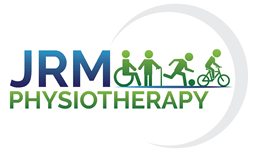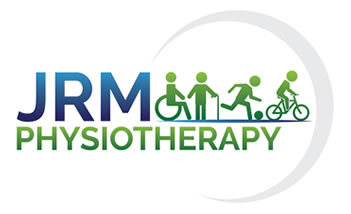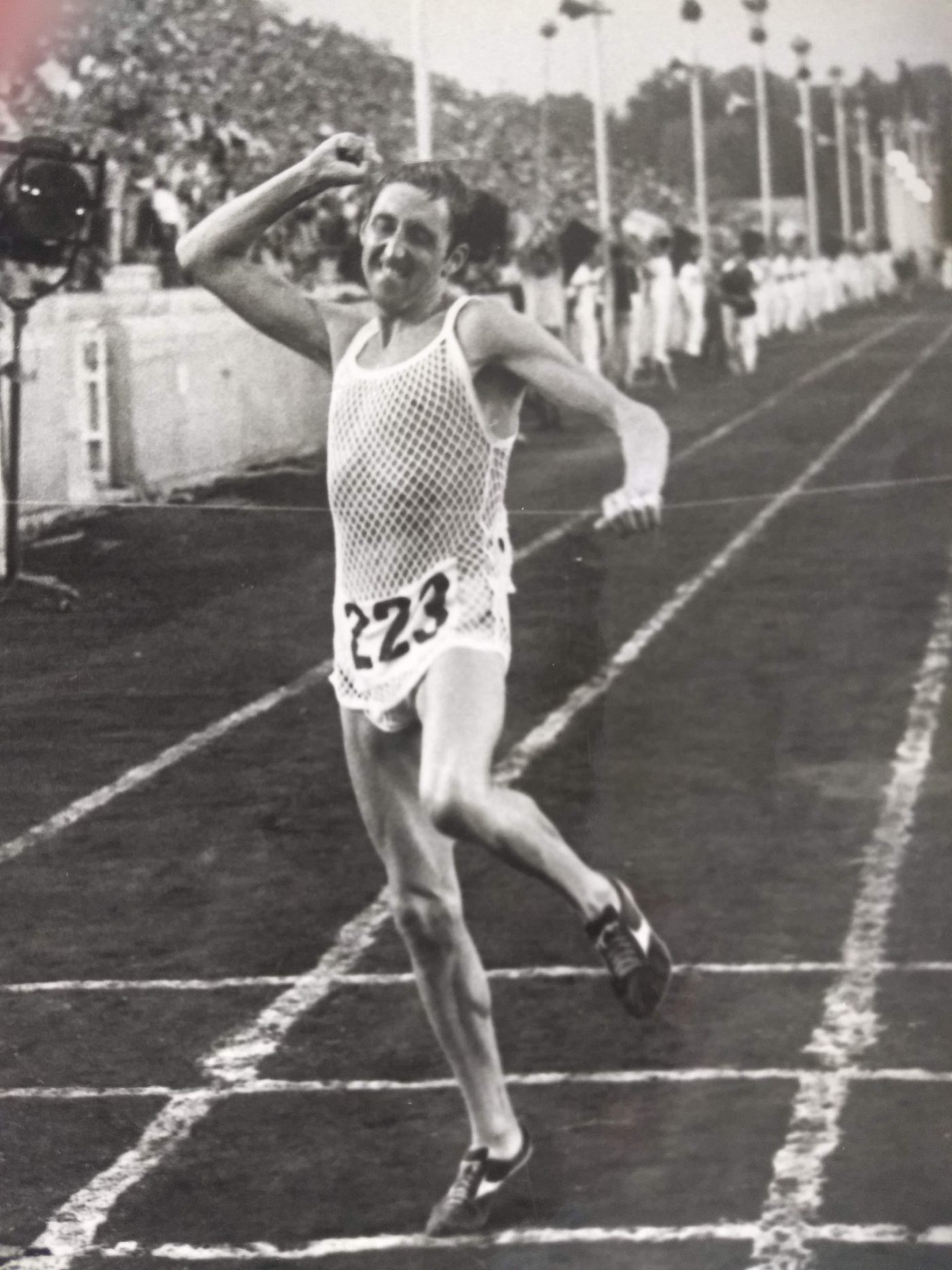Physiotherapist, Thomas Osborne of JRM Physiotherapy sets out some important advice for athletes about rest days.

It’s so easy to get sucked into quite an intense training routine – we get used to our schedules of training that fit neatly into our working and family lives, and before we know it we are happily in a cycle of work-train-sleep-repeat. Why break this cycle? It’s easy to assume that as our bodies become conditioned we should be thinking about introducing more training not having a break from it, surely?
But rest days should be included within your training plan, and are just as important. Why?
Famous runner, Ron Hill ended his record of 52 years and 39 days of consecutively running at least a mile a day in 2017, when he decided to take a rest day due to illness. He speaks about his time competing at Olympic level, questioning if he overtrained, leading to reduced performance levels.
The benefits of rest days are three-fold: physical, mental, and social.
Physical Benefits of Rest Days
Rest allows the body to replenish energy stores used during training and allows the body to positively adapt to the training, whether that’s strength, endurance or balance. Training without sufficient rest can lead to an accumulation of fatigue and so long-term reductions to performance (Grandou et al., 2020).
A study by Vann et al., (2021) shows that deload or tapering weeks not only allow for the muscles to adapt and grow in strength and size, but also help reduce the risk of injury by allowing the recovery process to occur. This is also the perfect time to have massages to help the recovery. Davis, Alabed and Chico, (2020) outline that massage helps reduce levels of fatigue and muscle soreness. You can book a massage at JRM Physiotherapy here.
Mental and Social Benefits of Rest Days
We all lead busy lives, and fitting training around work, family, friends and other responsibilities can be quite draining mentally. Taking some time away from training can allow you to enjoy other activities with friends and family, or even just to spend a bit of time on self-care such as having a PJ day or walking the dog. “Rest” doesn’t have to mean not moving! Having an evening with friends at a gig, or taking the children ice skating, can help you maintain social relationships outside your training group, and provide a bit of perspective.
Building rest days and flexibility into your training plan can also help avoid the development of unhealthy obsessions with – or even addiction to – exercise and helps you to maintain a positive attitude to activity. It’s important to be able to take a day off for sickness or holiday, or because the pool or gym is shut, without feeling panicked about missing your normal training routine. It’s healthy to appreciate that missing a day – or even a week’s – training isn’t going to undo all the hard work you’ve done and conditioning your body has been through.
So, in summary, we would recommend that every good training programme should include scheduled rest days or deload weeks to help recovery. Facilitating the body’s recovery by adding in massage to these rest periods can further reduce injury and promote peak performance.
(photo copyright Ron Hill)



